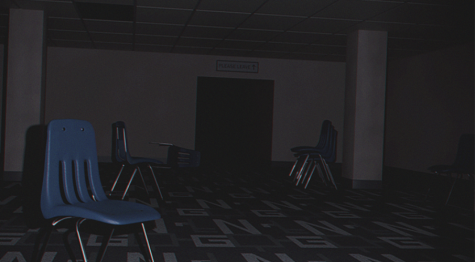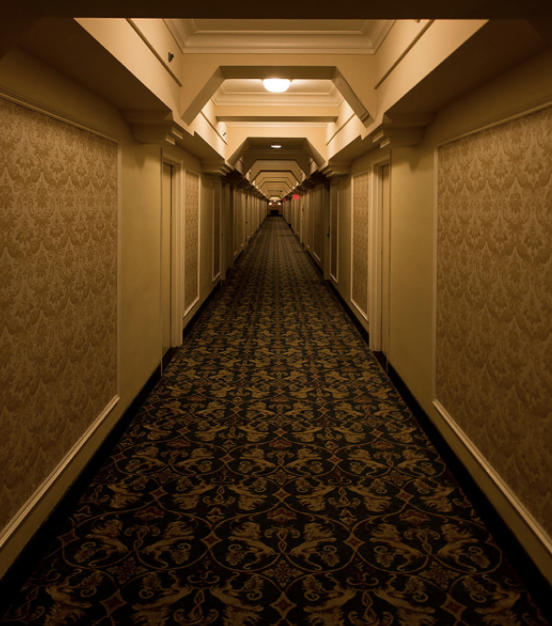Have You Been in a Liminal Space?
Have you ever found yourself feeling uneasy in an empty space? What about a moment of transition? If so, you may have experienced ‘liminality’; feelings associated with liminal spaces that are increasingly made visible online, and in the emptiness of normally-occupied spaces due to the social-distancing measures made necessary by COVID-19.
What is a liminal space? What are liminal feelings? To grasp the real meaning of these terms, we look to the origin of the word “liminal.” Derived from the Latin word ‘limen,’ meaning threshold, “liminal” indicates a place or point of entrance or beginning. By definition, a liminal space is a time between ‘what is’ and the ‘next.’ It is a place of transition, not knowing, and a season of waiting. It’s a common or shared space that might make one feel uneasy or a feeling of something being “off,” but one can’t quite pinpoint what or why that is. It can also be the uncertainty in your future created by a significant change.
To sum it up: liminal feelings are feelings of tension and unease created by a physical liminal space or considerable change. Liminal feelings are created by significant changes, like a change in job or moving to a new town. These changes make your future seem uncertain. At this point, you know where you are physically, but mentally, you don’t know where you are as a person.
What are some examples of liminal spaces in the physical world? A liminal space is usually a shared space but feels “off.” It mostly occurs when these spaces aren’t filled with people or are used in times of emptiness. Some examples are stairwells and elevators; their primary purpose as a threshold is to get you from one place to another. This is why lingering in an empty stairwell or elevator can feel a bit creepy – liminal space-time can impact the way you think. An elevator may feel normal during the day when crowded, but it can cause that unease at night.

Hallways are another excellent example of a liminal space. Their purpose is to get you from one place to another, and in most cases, you pass people in busy hallways, making it familiar. At night, however, it can feel shut down, like one shouldn’t be there. Hallways in your home are different because they are familiar, but these spaces can be as unfamiliar and unknown as a hotel hallway. Even an empty school is a liminal space. It is a common shared place for many, usually filled with noises and people, but when open, you experience a silence which causes confusion and unease. Lastly, empty parking lots are examples of liminal spaces. A parking lot is undoubtedly an in-between space. Its principal function is in conjunction with another room: the distance you are going to. The parking lot itself is not your actual destination, but the place adjoining or nearby the lot.
When these spaces become empty, their purpose as a threshold seems to disappear. This can cause you to question why you are there and may give you that uneasy feeling. A liminal space or surfaces is a state of the question, a place of transition: mentally or physically. While the goal of a liminal space or feeling is different for everyone, it is a commonly shared experience. You might have experienced a liminal space or feeling, or maybe you haven’t. The next time you find yourself experiencing these things, step back, and understand why this change is happening. You never know what a liminal space or feeling might bring. That is the mystery of liminality.
Sources:
Thomas, Julia. “Understanding How Liminal Space Is Different From Other Places.” Betterhelp, BetterHelp, 13 Mar. 2018, www.betterhelp.com/advice/general/understanding-how-liminal-space-is-different-from-other-places/.
Three Levers. “What Is A Liminal Space?” Liminal Space, 2016, inaliminalspace.org/about-us/what-is-a-liminal-space/.

